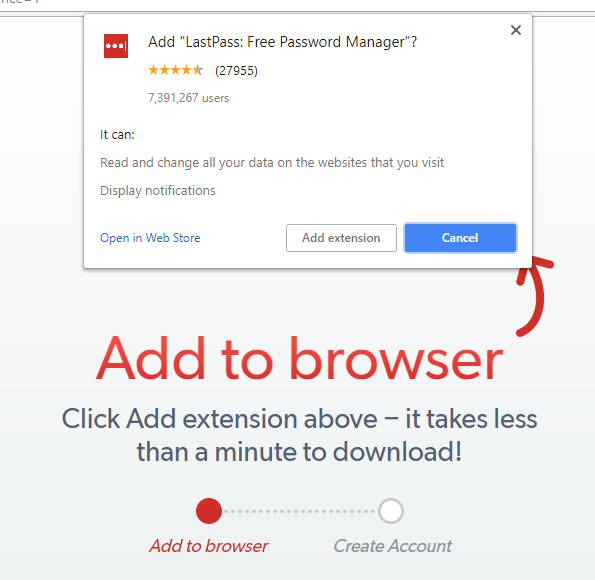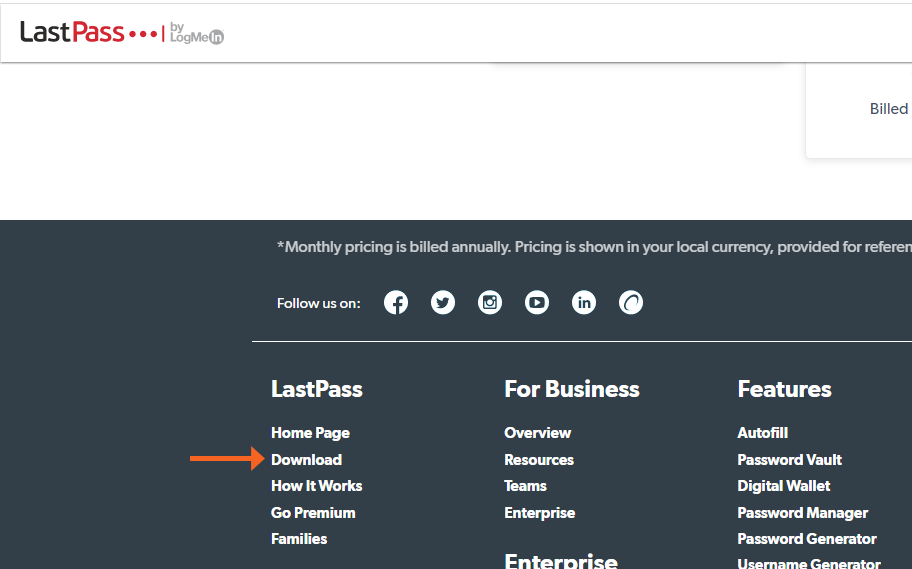

We’ll also run down the costs (if any) and provide a quick overview of why they’re worth looking at.

#LASTPASS FOR CHROME HOW TO#
Now we’ll show you how to import that file into some of the more popular password managers out there. Now, you have a text file you can upload to the password manager of your choice or a CSV file if you opted for the less-complicated browser extension method. You then have to click on the tab, hit CTRL+A, then CTRL-C, and paste the contents of your clipboard into any text-editing app, like Notepad or Word. In the new tab, you will see all of your login details in comma-delimited list form.Return to Advanced Options > Export and that will open a new tab.LastPass will send a verification email – check that and accept.Click on Advanced Options in the left-hand menu, then click on Export in the menu that slides out. You can get your data from the LastPass webpage, but it’s slightly more involved. We’ll talk about what to do with that file later, so put it in a place you can find easily. Once downloaded, you’ll have the CSV file containing your data. Do so, and your browser will start downloading your CSV file of login details The extension will open a new tab, and ask you to put your Master Password in to continue. Once logged in, click on the extension icon, then on Account Options If you don’t already have the LastPass extension installed, do that now, as it makes the process easier Thankfully, collecting your data to move to another service is pretty straightforward, but it helps to know where to look.


 0 kommentar(er)
0 kommentar(er)
